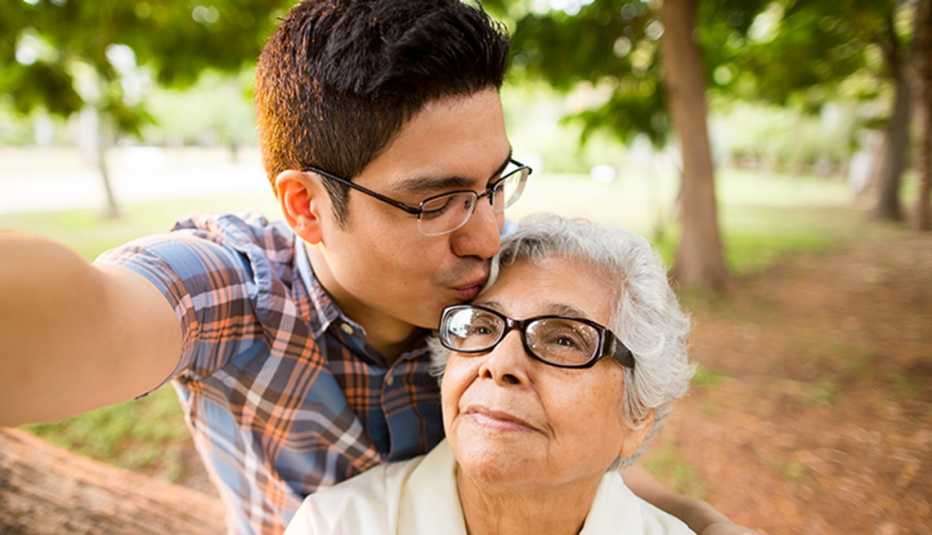Staying Fit
It’s not that she didn’t want to meet with her older sisters. At Christmas, Easter and birthdays every year, they got along just fine. But when I suggested to my 52-year-old client Sabrina to invite her siblings to a family caregiving meeting after hearing her complain that they weren’t helping her care for their aging father, she sounded very pessimistic.
“I don’t think they’d come,” she said at first. Then later, she added: “If they do come, they won’t tell you the truth about what they’ll do. And they’ll just criticize me.”


AARP Membership— $12 for your first year when you sign up for Automatic Renewal
Get instant access to members-only products and hundreds of discounts, a free second membership, and a subscription to AARP the Magazine.
Sabrina’s lack of trust in them was striking. Didn’t they all have their father’s and each other’s best interests at heart? I suggested she think about trying to meet anyway. After a few weeks, she reluctantly agreed.
The resulting gathering in my office was surprising. Though everyone acknowledged that Sabrina was the primary caregiver, she was unusually quiet, as if — in her sisters’ presence — she had reverted to being their helpless little sibling. But the sisters — older by four and five years — were neither critical nor bossy. They complimented Sabrina for how well she was caring for their father.
They also said they had always planned to pitch in more but did not want to step on Sabrina’s toes, because it seemed so important to her to be in charge. I asked Sabrina if she would accept their aid now. She nodded yes. We then spent the rest of our time together coming up with ways the sisters could really help.
Not all family meetings are as revealing of interpersonal dynamics or as successful at devising pragmatic caregiving plans. Sometimes, heated arguments break out over a loved one’s diagnosis and needs, who should do which caregiving tasks, or even who’s been the most responsible relative since childhood.
But more than any other event during the caregiving years, the family meeting has the potential to bring loved ones together as a strongly bonded team — during caregiving and afterward.
How can you hold family meetings that foster greater commitment (not dissension) and more coordinated (not divergent) plans? Here are some ideas.
Send out engraved invitations
Well, not literally. But family discussions about a loved one’s needs should not occur haphazardly at random get-togethers or through whisper-down-the-lane phone calls from one family member to another.
There needs to be a formal, agreed-upon process of bringing all parties together — generally through a quarterly meeting in person, if possible — in order to create a heightened sense of urgency and a shared purpose for negotiating an effective plan.


































































